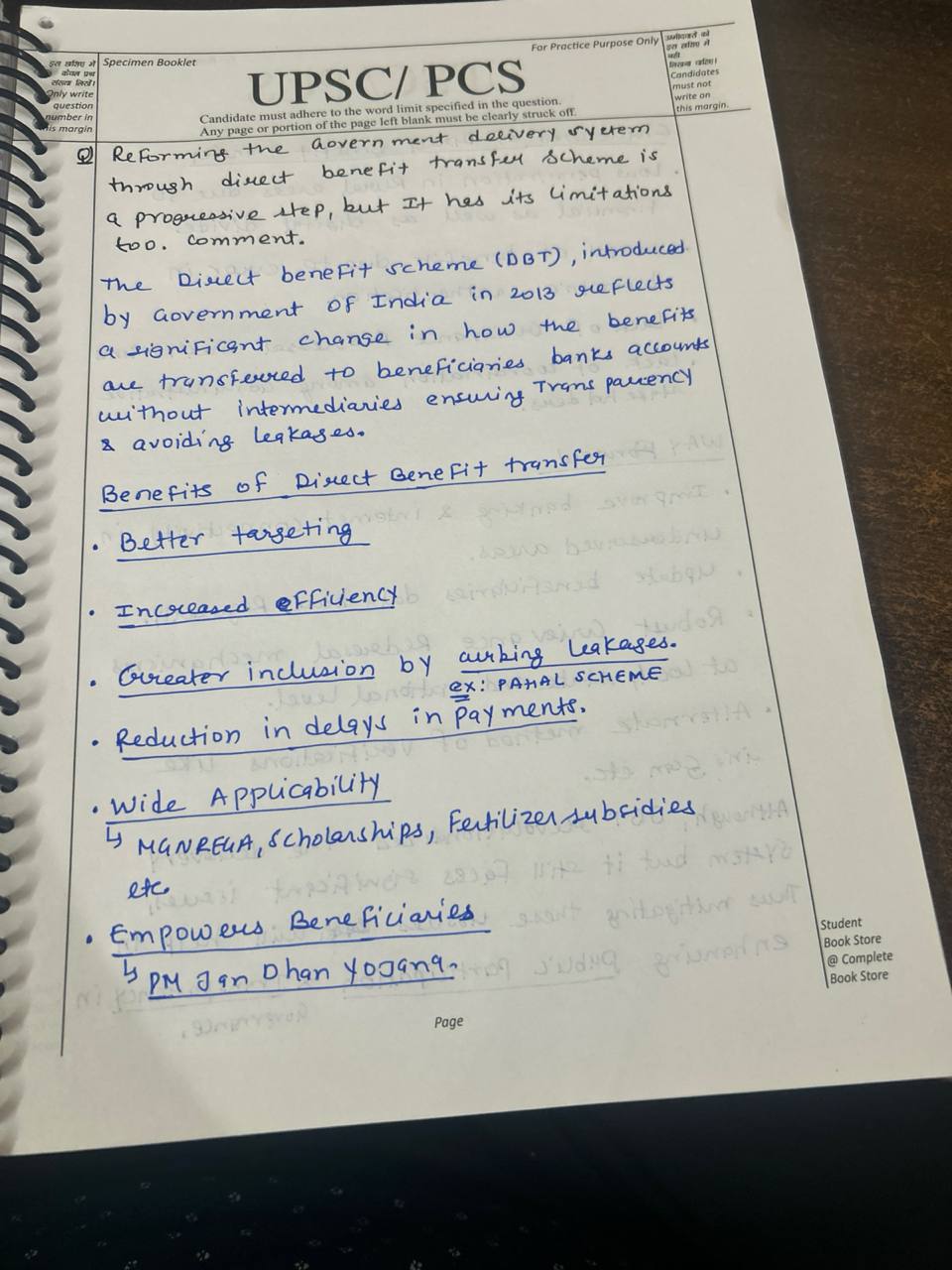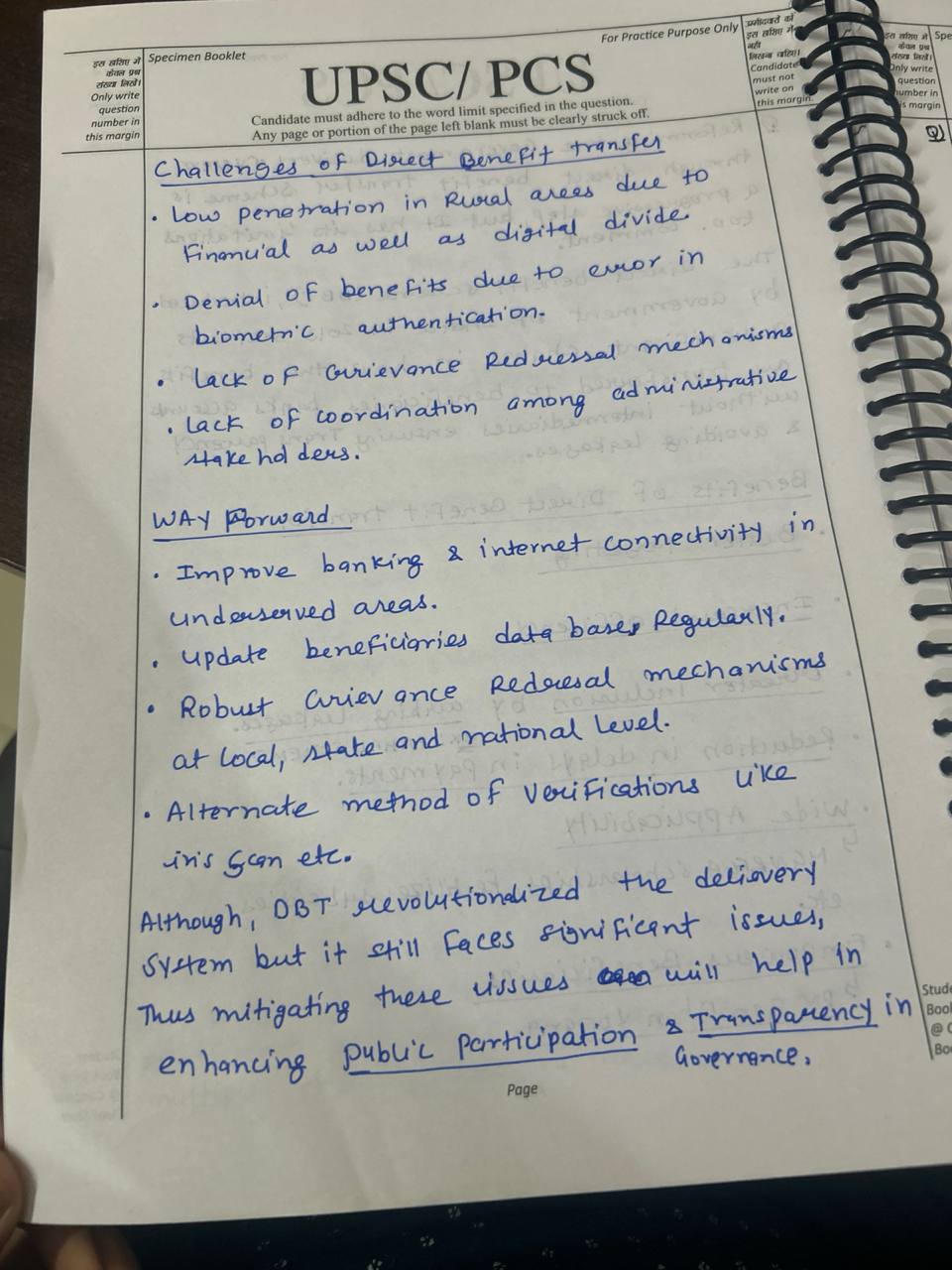ANSWERS PLZZZ!!
India's reservation system in higher education aims to promote social justice and equality, but its impact is debated. - Economic Impact: Reservations reduce competitiveness, potentially affecting innovation and economic growth. - Social Impact: Reservations create resentment among non-reserved cateRead more
India’s reservation system in higher education aims to promote social justice and equality, but its impact is debated.
– Economic Impact:
Reservations reduce competitiveness, potentially affecting innovation and economic growth.
– Social Impact:
Reservations create resentment among non-reserved categories, perpetuating social divisions. However, they increase representation and access for marginalized groups.
– Political Impact:
Reservations are seen as a vote-bank tactic, rather than a genuine effort towards inclusivity.
– Educational Impact:
Reservations dilute academic standards, undermining institutional credibility.
– Comparison with Affirmative Action:
Unlike India, affirmative action policies elsewhere focus on socioeconomic status and diversity, balancing inclusivity with academic excellence.
Way Forward:
Implement economic reservations, merit-based scholarships, and targeted outreach programs to balance academic excellence and social justice. Foster a culture of meritocracy and equal opportunities to promote social mobility and academic excellence.
See less


India is still considered a developing country primarily due to several key factors that hinder its progress towards becoming a developed nation. Firstly, despite rapid economic growth and advancements in various sectors, India faces persistent challenges such as poverty, income inequality, and lackRead more
India is still considered a developing country primarily due to several key factors that hinder its progress towards becoming a developed nation.
Firstly, despite rapid economic growth and advancements in various sectors, India faces persistent challenges such as poverty, income inequality, and lack of widespread access to basic services like healthcare and education. These disparities are significant and continue to widen the gap between the affluent and the marginalized populations.
Secondly, infrastructure development remains inadequate in many parts of the country. While urban centers showcase modern infrastructure, rural areas often lack basic amenities like roads, electricity, and sanitation facilities, which are crucial for sustainable development.
Thirdly, India’s demographic dividend, characterized by a large and youthful population, presents both opportunities and challenges. While the youth population can drive economic growth and innovation, issues such as unemployment and underemployment remain prevalent, indicating a mismatch between skill development and job market needs.
Moreover, governance issues, bureaucratic inefficiencies, and corruption have historically impeded effective policy implementation and economic progress. These factors, combined with environmental challenges and regional disparities, contribute to India’s classification as a developing nation despite its economic potential and global influence.
In essence, while India has made significant strides in various domains, addressing these multifaceted challenges comprehensively is essential to transitioning from a developing to a developed country status.
See less